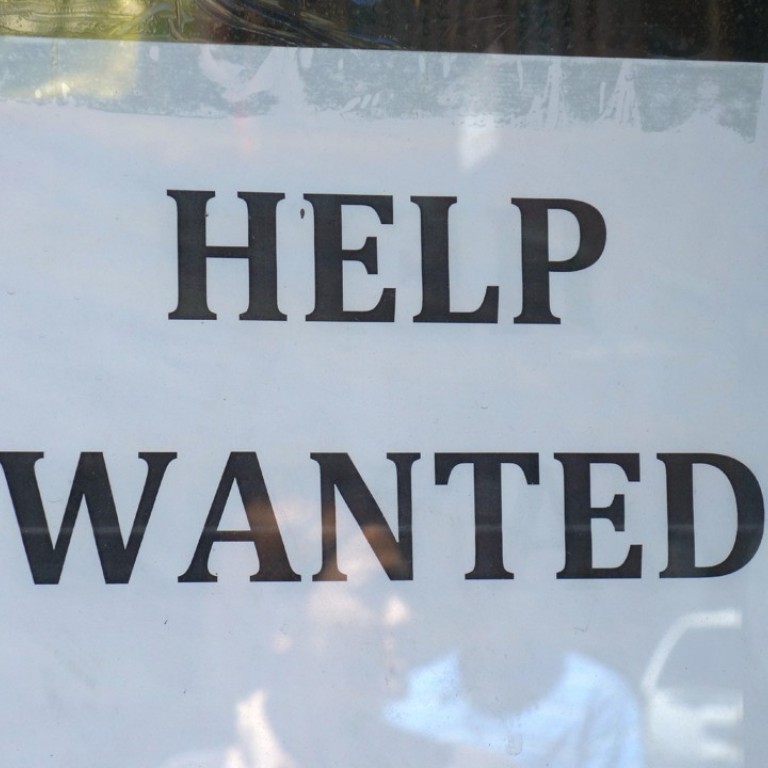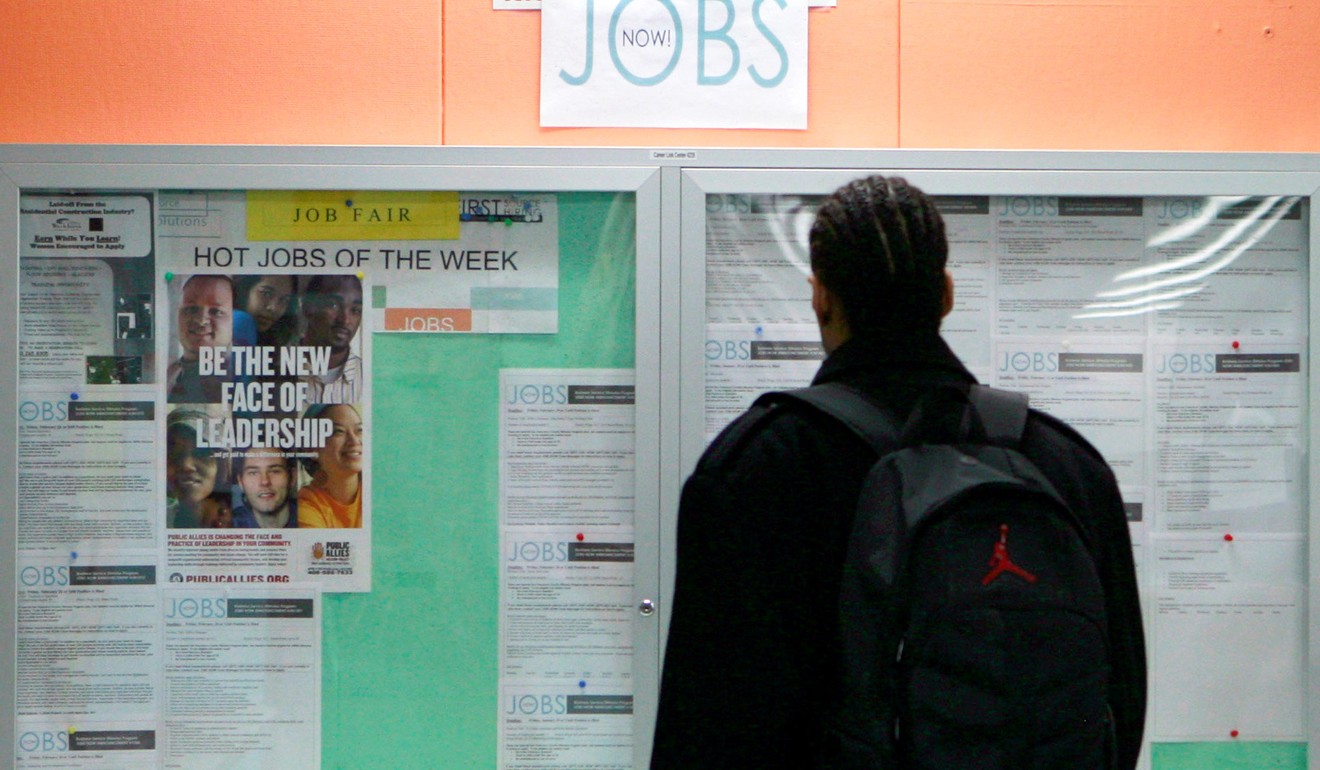
US jobs growth slows in August more than expected
US job growth slowed more than expected in August after two straight months of hefty gains, but the pace of increase should be more than sufficient for the Federal Reserve to announce a plan to start trimming the massive bond portfolio it built to support the economy.
Persistently sluggish wage growth could, however, make the US central bank cautious about raising interest rates again this year. The Labour Department said on Friday non-farm payrolls increased by 156,000 last month. The economy created 399,000 jobs in June and July.
“We see nothing here that prevents the Fed from initiating its balance-sheet reduction plan at the September meeting,” said John Ryding, chief economist at RDQ Economics in New York.
Average hourly earnings rose three cents or 0.1 per cent after advancing 0.3 per cent in July, keeping the year on year gain in wages at 2.5 per cent for a fifth consecutive month. Americans also worked fewer hours in August. The average workweek slipped to 34.4 hours from 34.5 hours in July.

August’s moderation in employment growth, which pushed payroll gains below the 176,000 monthly average for this year likely reflects a seasonal quirk as well as a dearth of qualified workers. Over the past several years, the initial August job count has tended to exhibit a weak bias, with revisions subsequently showing strength.
“There has been a clear tendency for the August data to be under-reported initially and revised up later,” said Jim O’Sullivan, chief US economist at High Frequency Economics in Valhalla, New York.
The department said Hurricane Harvey, which devastated parts of Texas, had no “discernible” effect on payrolls as the disaster struck after the survey period for the August employment report. Economists said the storm could hurt September payrolls if the disruption from the flooding is prolonged.

With job growth slowing, the unemployment rate ticked up one-tenth of a percentage point to 4.4 per cent. Economists had forecast payrolls increasing by 180,000 jobs last month.
Still, August’s gains were far more than the 75,000 to 100,000 jobs per month needed to keep up with growth in the working-age population. Underscoring labour market strength, manufacturing payrolls surged by 36,000 jobs, the most in four years, with the motor vehicle sector adding 13,700 positions.
That was also corroborated by a second report on Friday from the Institute for Supply Management showing its index for factory activity soared to 58.8 in August, the highest reading since April 2011, from 56.3 in July. A measure of factory employment raced to its highest level since June 2011.
The employment report showed construction jobs jumped 28,000 last month. That was the largest gain since February and came despite a lull in homebuilding activity and home sales. A third report on Friday showed construction spending falling to a nine-month low in July.
While August’s job gains likely keep the Fed on course to outline a plan to start shrinking its US$4.2 trillion portfolio of Treasury bonds and mortgage-backed securities at its September 19-20 policy meeting, tepid wage growth casts doubts on a December interest rate increase.
The anaemic wage gains came on the heels of a report on Thursday showing the Fed’s preferred inflation measure, the personal consumption expenditures price index excluding food and energy, increased 1.4 per cent in the 12 months to July, the smallest rise in just over 1-1/2 years.
US financial markets are pricing in a roughly 36 per cent probability of a rate hike at the Fed’s December meeting according to CME Group’s FedWatch programme. The Fed has increased borrowing costs twice this year.

Lack of strong wage growth raises concerns about the sustainability of a recent surge in consumer spending, which spurred the fastest economic growth in more than two years in the second quarter.
The labour market has continued to strengthen even as hopes for a promised tax cut this year have faded.
Republican President Donald Trump on Wednesday reiterated his long-standing call for slashing the US corporate tax rate to 15 per cent from 35 per cent at a time when lawmakers believe they could be lucky to bring it down to 25 per cent.
The Republican-led US Congress faces a tough challenge in passing tax reform legislation, having already failed to deliver on health care reform sought by Trump.
The private services sector led the slowdown in job gains last month, with payrolls rising 95,000. That was the smallest gain since March and followed an increase of 179,000 jobs in July. Retail employment increased 800 last month as a surge in hiring at building material and garden supply stores was offset by continued layoffs at clothing retailers.
Payrolls at non-store retailers rose only 700 despite online retailer Amazon.com holding a series of job fairs to hire about 50,000 workers last month. Government hiring declined for a second straight month in August.

